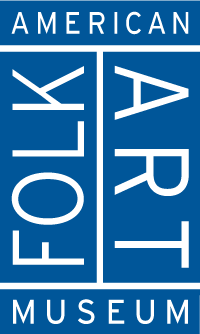Helen Butler Wells
(1854–1940)
BornSyracuse, New York, United States
BiographyHelen Butler Wells’s drawings unfurl in flourishes of ethereal flowers, curling leaves, and gazing faces. Words, names, dates, or just letters emerge from the graphite-on-paper pieces, which she sometimes enhanced with colored pencil to give vibrant texture to the flora reminiscent of Art Nouveau ornamentation. The interconnection of the imagery through continuous lines reflects how she made each drawing in a single sitting, working automatically and letting the art evolve spontaneously. Her neatly added dual signatures further reveal how she did not claim authorship as she gave her hand over to this intuitive process. One reads “Eswald Spirit Artist”; the other, “Helen Butler Wells, Instrument Number 1.”Wells was one of several artists practicing in the mid-nineteenth to early twentieth centuries who claimed to act purely as mediums in channeling art from the spirit realm, Wells herself being an “instrument” for her guide “Eswald.” This coincided with the popularity of Spiritualism, a religious movement started in the mid-nineteenth century in the United States and later spread to Europe. Its main premise was that the dead were not truly gone, and they could be contacted through seances, mediumship, and other practices. Wells, born in 1854, became a pivotal figure in New York City’s Spiritualist scene, including in the Jansen Group (named for its spirit guide Bishop Cornelius Jansen) and the Spiritual and Ethical Society of New York. Like many compelled by the promises of Spiritualism, she had experienced significant loss over a few short years: the deaths of her mother, husband, and son. Around 1920, she first began working with Eswald.
Along with creating automatic drawings and spirit portraits, Wells also practiced automatic writing. Her publications ranged from full books to booklets relating the lessons and guidance she received, such as Letters from Jupiter (1933) and The Eternal Harmonics: Spiritual Numerology by Pythagoras (1936). In Spiritual America: As Seen From the Other Side (1927)—“Dictated by Invisible Teachers” and “Clairaudiently received by Helen Wells”—she wrote that “when the Angel of Death had taken all, the Angel of Light awakened her spirit . . . She has received freely from the Unseen World and gives as freely to the world of the Seen.” After Wells died, in 1940, her adopted daughter, Norma Oliver, followed in her footsteps as “Instrument 2,” creating vivid drawings with geometric and floral patterns, some with Wells as their author in spirit.
Allison C. Meier, 2025
This artist’s work was reviewed as part of “Rethinking Biography,” an initiative supported by the Institute of Museum and Library Services (IMLS).


